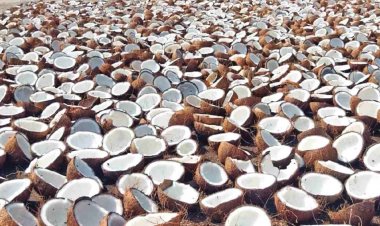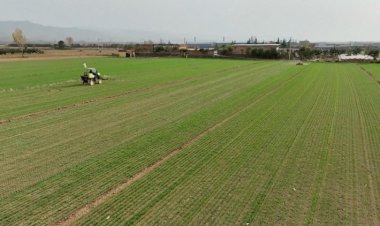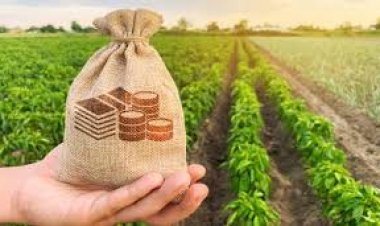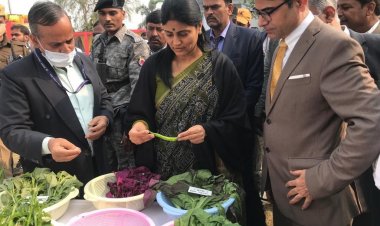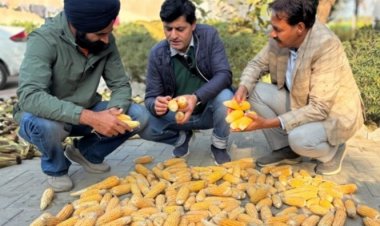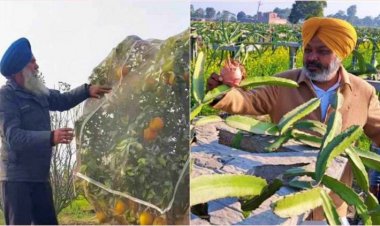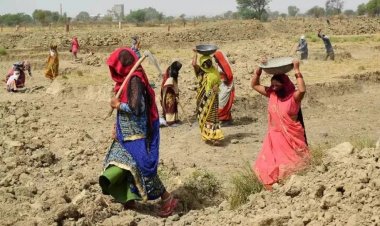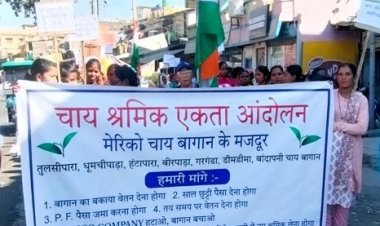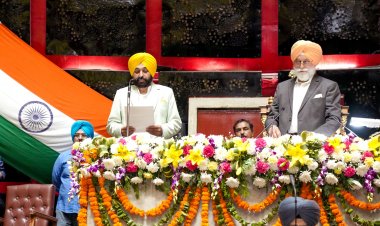Better monsoon boosts paddy acreage beyond normal levels, cotton area shrinks by 9 percent
The favourable monsoon has pushed paddy cultivation above normal levels this year, but the area under the crucial cash crop cotton has dropped by 9.23 percent
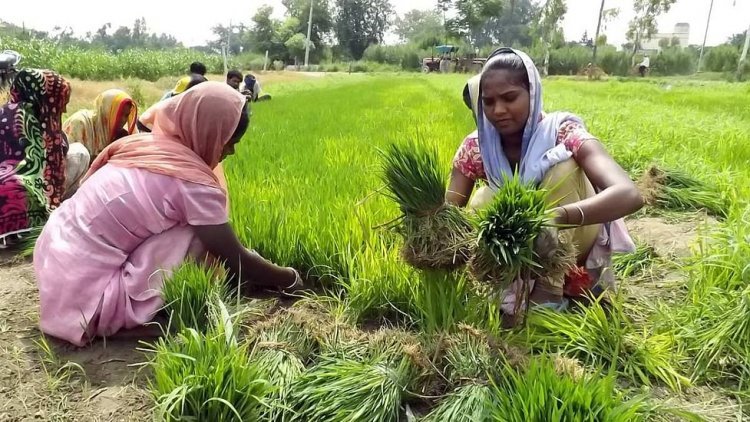
Due to the favorable monsoon this year, paddy sowing has surpassed the average area of the last five years. As of August 30, 2024, paddy cultivation has reached 408.72 lakh hectares, exceeding the average of 401.55 lakh hectares. This represents a 3.84 percent increase in paddy cultivation compared to last year, when 393.57 lakh hectares were sown by this time. Similarly, the area for coarse grains has grown to 187.74 lakh hectares, surpassing the average normal area of 180.86 lakh hectares. Oilseeds have been sown in 190.63 lakh hectares, slightly ahead of the average normal area of 190.18 lakh hectares. However, cotton, a crucial cash crop, has seen a decline of over 9 percent.
Pulses sowing up by 7.26 percent
Pulses have experienced the most significant growth, with sowing rising by 7.26 percent to 125.13 lakh hectares from 116.66 lakh hectares last year. Sowing of tur and moong has increased, while urad sowing has decreased slightly. Currently, tur has been sown in 45.78 lakh hectares and moong in 34.76 lakh hectares, whereas urad has been sown in 29.62 lakh hectares, down from 31.42 lakh hectares last year. The pulse sowing area remains below the average normal area of 136.02 lakh hectares.
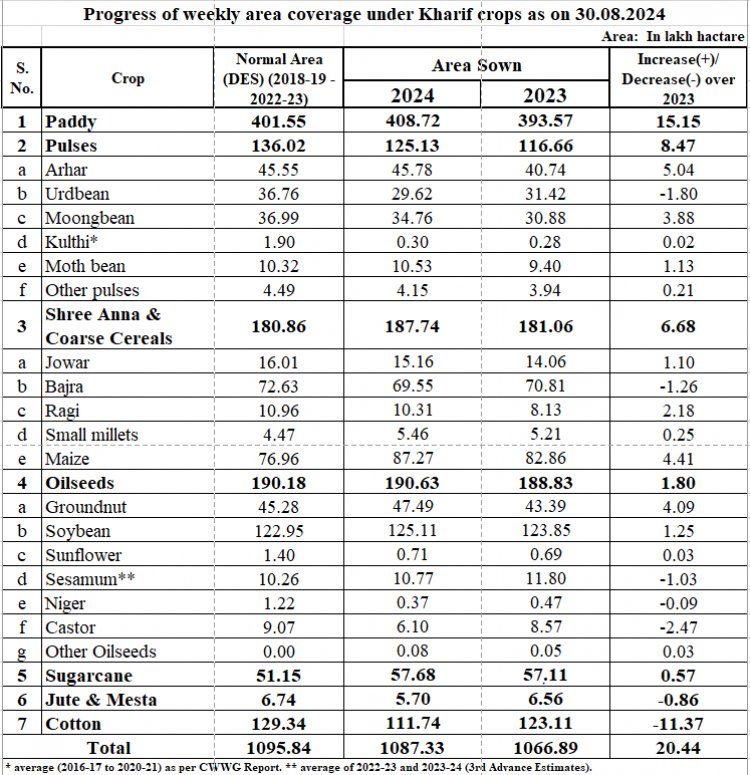
Coarse grain sowing up by 3.68 percent
Coarse grain sowing has grown by 3.68 percent this year, reaching 187.74 lakh hectares compared to 181.06 lakh hectares last year. Maize remains the most widely cultivated coarse grain, with 87.27 lakh hectares sown, followed by jowar 15.16 lakh hectares, bajra 69.55 lakh hectares, and ragi 10.31 lakh hectares. However, bajra sowing is trailing behind last year’s figures.
Cotton yield decreased by 9.23 percent
Oilseed sowing has seen a slight increase of 0.95 percent, with peanuts sown in 47.49 lakh hectares, soybeans in 125.11 lakh hectares, sunflowers in 0.71 lakh hectares, and sesame in 10.77 lakh hectares. On the other hand, cotton cultivation has dropped by 9.23 percent, falling from 123.11 lakh hectares last year to 111.74 lakh hectares. Sowing of jute and mesta has also decreased to 5.70 lakh hectares.
Overall, this year’s Kharif crop sowing shows positive progress with notable increases in paddy, pulses, and coarse grains, though some crops, such as cotton, have seen a decline.



 Join the RuralVoice whatsapp group
Join the RuralVoice whatsapp group

















